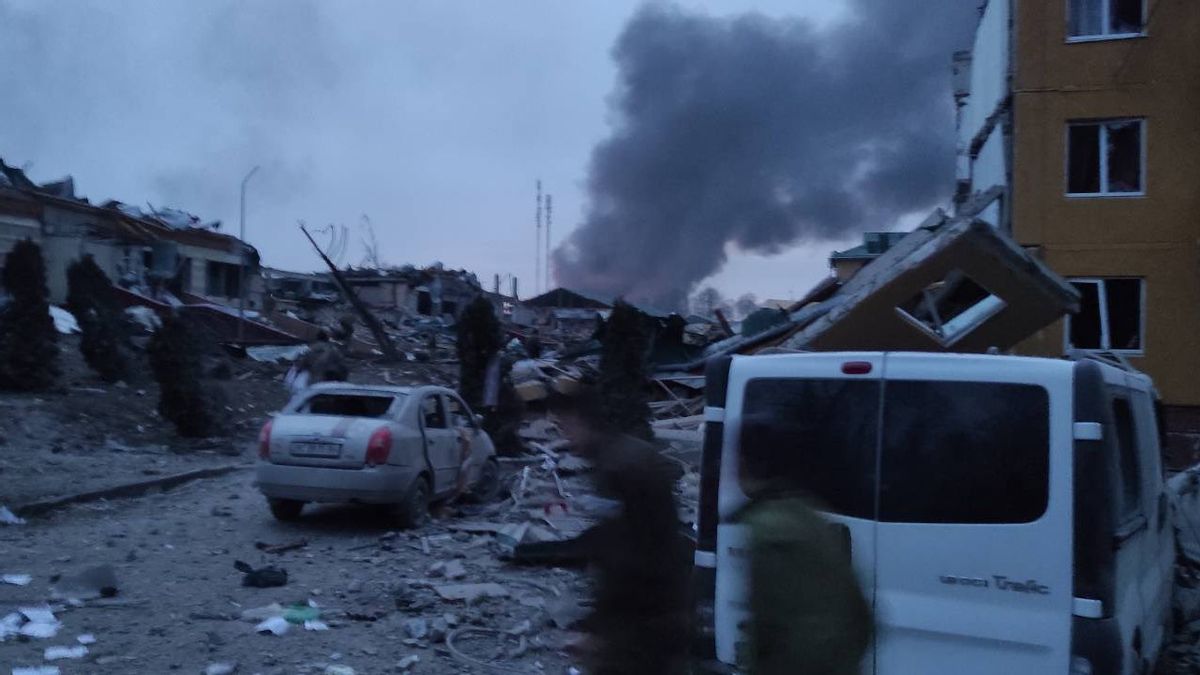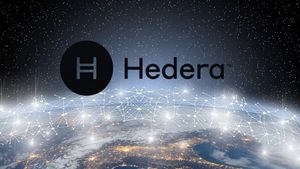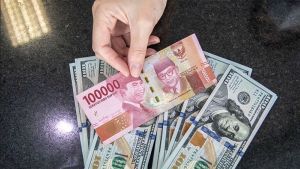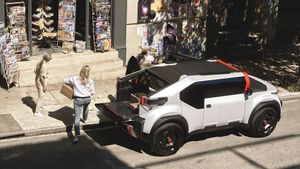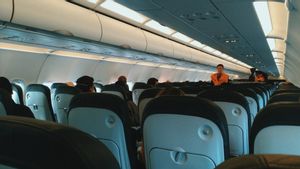JAKARTA - The Ministry of Defense of Ukraine on Saturday, March 12 began using the Clearview AI facial recognition technology. According to the Chief Executive of Clearview, they offer the technology to monitor Russian attackers or soldiers, combat misinformation, and identify dead people or corpses.
"Ukraine is receiving free access to the Clearview AI facial search engine which allows authorities to vet interested persons at checkpoints," Lee Wolosky, a Clearview AI adviser and former diplomat under US Presidents Barack Obama and Joe Biden, told Reuters.
This plan took shape after Russia invaded Ukraine and the Chief Executive of Clearview, Hoan Ton-That, sent a letter to Kyiv offering their assistance. Clearview said it did not offer the technology to Russia.
Earlier, a spokesman for Ukraine's Ministry of Digital Transformation also said it was considering offers from US-based artificial intelligence companies such as Clearview. Many Western businesses have pledged to help Ukraine, by providing internet hardware, cybersecurity tools, and other support.
The founder of Clearview says that his startup has more than two billion images from Russian social media service VKontakte and a total database of more than 10 billion photos.
"That database could help Ukrainians identify dead people more easily than trying to match fingerprints and keep it functioning if there is facial disfigurement," Ton-That said.
The Research Institute for the US Department of Energy found that decomposition reduces the effectiveness of the technology while papers from the 2021 conference show promising results.
Ton-That's letter also said that Clearview's technology could be used to reunite refugees separated from their families. It even identified Russian operatives and helped the government debunk in fake social media posts related to the war.
"The exact purpose of using the technology by the Ukrainian Ministry of Defense is not clear," Ton-That said. According to Toh-That and Wolosky, other parts of the Ukrainian government are expected to deploy Clearview in the coming days.
“VKontakte Images make Clearview's dataset more comprehensive than PimEyes, the publicly available image search engine that people use to identify individuals in war photos,” Wolosky said.
VKontakte did not immediately comment on it. But US social media company Facebook has demanded Clearview stop retrieving its data.
VOIR éGALEMENT:
One critic said facial recognition could incorrectly identify people at checkpoints and in combat. “Mismatches can lead to civilian deaths, just as unfair arrests arise from police use,” said Albert Fox Cahn, Executive Director of the Surveillance Technology Project in New York.
"We're going to see well-meaning technology backfire and harm the people it's supposed to help," he said.
But Ton-That says Clearview should not be used as the sole source of identification. He also said he did not want his technology to be used to violate the Geneva Conventions, which create legal standards for the treatment of humanity during war.
According to Ton-That, like other users, those in Ukraine will receive training and will have to enter a case number and reason for searching before using the technology.
Clearview, which sells the technology to law enforcement in the US, is currently fighting lawsuits in the United States accusing it of violating privacy rights by taking pictures from the web. Clearview thinks its data collection is similar to how Google search works. However, several countries including the UK and Australia consider the practice illegal.
Cahn describes identifying dead people or corpses as the least dangerous way to deploy this technology in war. But he said that “after introducing this system and related database to a war zone, users have no control over how it will be used and abused. ”
The English, Chinese, Japanese, Arabic, and French versions are automatically generated by the AI. So there may still be inaccuracies in translating, please always see Indonesian as our main language. (system supported by DigitalSiber.id)
